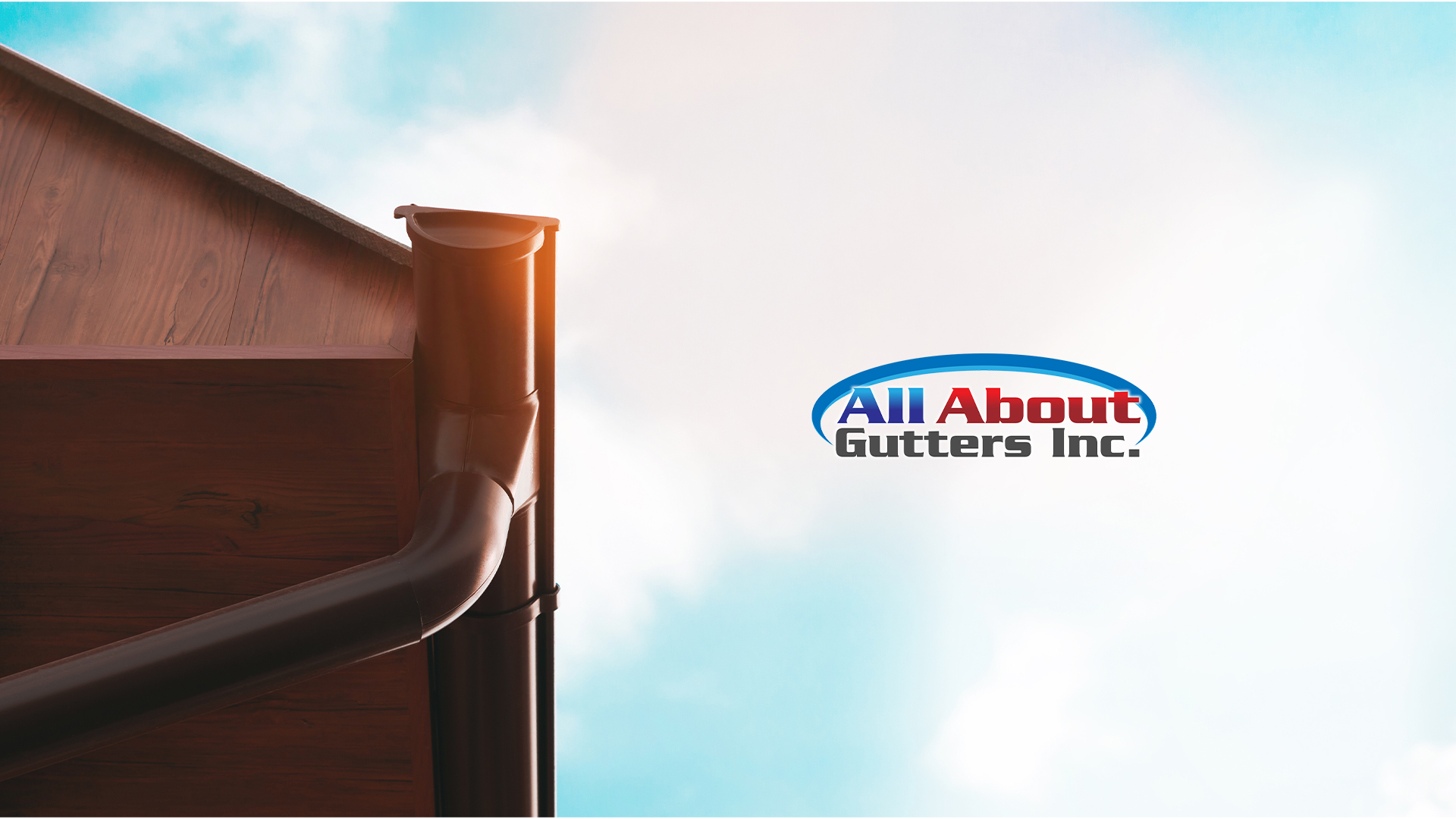The Different Types and Materials of Rain Gutters
Rain gutters are not simply an accessory in construction, they protect from the roof to the foundations of a house, or building, from the damage that rainwater can cause.
These systems redirect the water to the correct drainage
areas, avoiding the aforementioned damage, and the costly repairs that may
result from this.
It is important to choose the appropriate type of gutter when building a house. Each has its advantages and disadvantages. Below is a list of the different types and materials of gutters by All About Gutters Inc that exist on the market.
Types of gutters
K-Style Gutter
This design appeared in the construction world since the
1970s, which makes them relatively new, and they have become quite popular in
modern construction. These gutter systems adapt to the architecture of the
house , are highly durable, support the weight of large amounts of water, and
are also easy to maintain.
Semicircular Gutters
As their name suggests, they have the classic semicircular
shape, they are quite common in historic buildings and old houses. They are
made of metal, which can look a bit strange in modern constructions. However,
they are quite efficient, and can be taken care of with regular maintenance.
Different materials of the Gutters
Aluminum
Aluminum is a very accessible and versatile material, this
makes it quite popular in professional construction. Aluminum gutters are rust
resistant and easy to handle. This material can be molded into different shapes,
including K-style and half rounds, and can also be painted however you like.
seamless aluminum
Continuous aluminum gutters have the same properties as
regular aluminum, however, this model is manufactured at the same installation
site. Instead of transporting the gutter to the place where it is to be
installed, the jointless model is manufactured on the construction site itself
with a special portable machine. Most builders prefer the seamless gutter model
as it is less likely to leak over time.
Cast iron
This model of gutter is frequently found in old buildings.
They can last a long time, they have a life expectancy of about 40 years or
more. The biggest drawback they may have is their high installation cost and
the manageability of the material. They are difficult and expensive to
manufacture, and if they do break down, they can be difficult and expensive to
repair.
Copper
Copper channels are long-lasting and rust-proof. These types
of gutters are quite heavy and do not offer much versatility. They need to be
welded to the construction to ensure they hold up, which can take a lot of time
and effort.
They cannot be painted, and over time their reddish-brown
color will change to a grayish-green. They are usually used in historic
buildings, or old constructions, but are still available in the construction
market, and can be used in any type of house or building.
Plastic/Vinyl
Vinyl or plastic ones are your best option if budget is an
issue. Plastic is a fairly accessible material, and so light that it can be
handled without difficulty. Plastic channels do not rust and can be easily
assembled.
The only problem is their resistance and durability, they
can break in the intense cold, and they also discolor in the sun. They do not
support the weight of a ladder, in case you need to work on them. You must take
all these precautions into account if you intend to install them in your home.
Steel
Steel rain gutters have proven to have good resistance to
the ravages of time. Galvanized steel offers resistance to rust, although it
can always develop a little rust. Homeowners will need to install new ones
every five years or so.
These can be painted, have the strength of copper or cast
iron, and can be customized just like aluminum. They are a little more
expensive than the previous ones, but the price can justify the results
depending on the needs of the buyer.
Zinc
If you want a drainage system that will really stand the test of time, go for zinc gutters. This model is similar to steel, copper, and cast iron. They can even last twice as long as aluminum ones. The problem is that they are even more expensive and more difficult to handle than steel or copper gutters.
.jpg)



Comments
Post a Comment